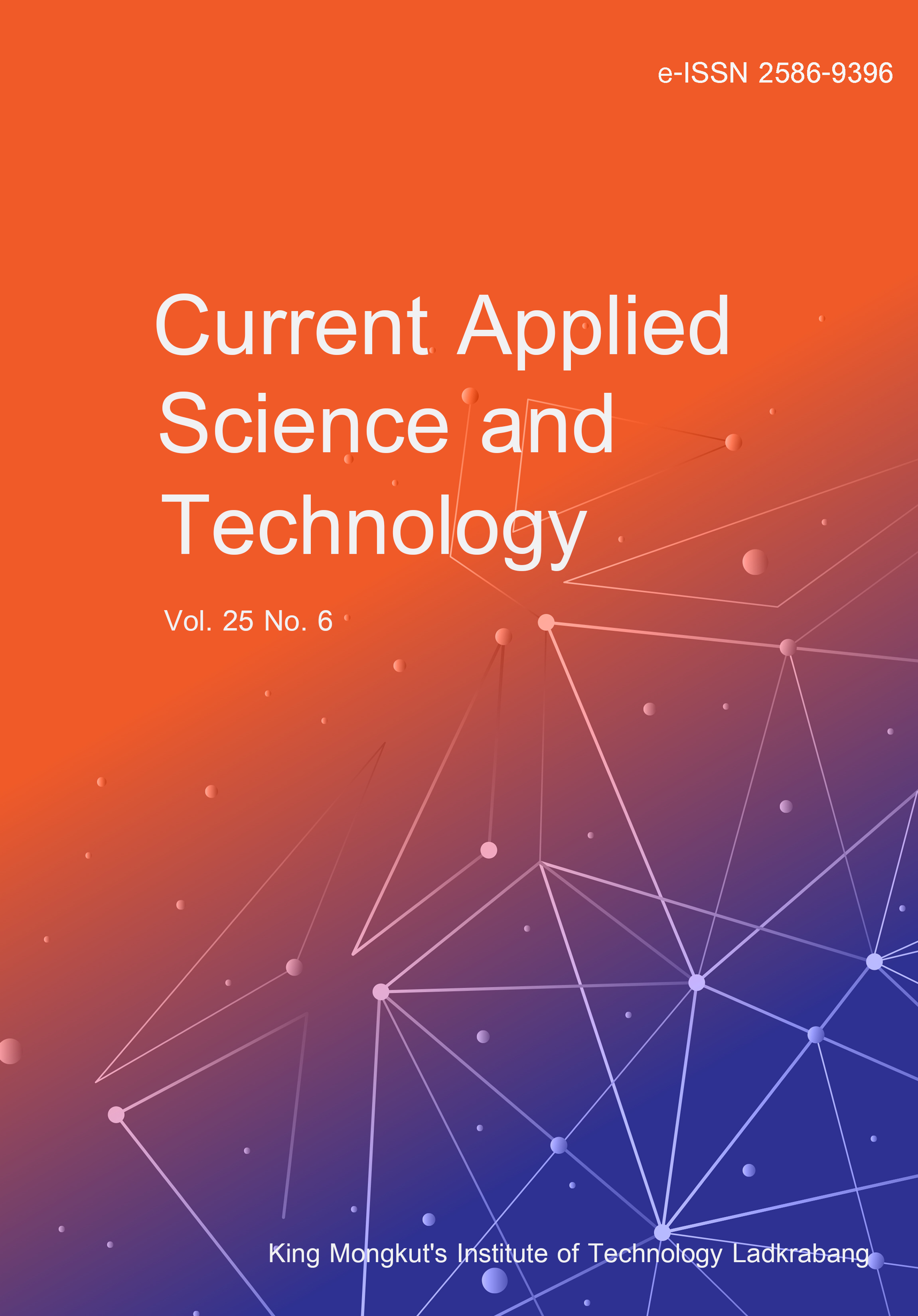Farmers in the north part of Iraq still practice traditional ways in agriculture, and often perform in multi passes for land preparation with heavy tools generating hardpanning which can become a serious problem.One of the most effective and fast methods to control plough pan is subsoiler. Subsoiling is one of the most agricultural operations that needs power. Tines of subsoiler are main working part, and it has a significant effect in working type, energy consumption and soil resistance. Farmers in Iraq are restricted on using subsoiler due to limitation of tractor horse power.The goal of this study was to modify tine shape to enhance subsoiling operation and minimize draft force. The study was conducted using two types of subsoiler tines: traditional (T) and modified (M) type. The tines were tested in two types of soil texture, clay and silty loam and under different soil humidity, to evaluate tine work efficiency. The following traits were adopted as comparison parameters: stress, draft force (DF), soil loss efficiency (SLE), and depth stability ratio (DS). Finite element method was used to analyse stress forces on the tines in field experiments. The results showed that the modified tine was superior in performance for stress, DF, SLE and DS, recording the best values for these traits: 1312 Mpa, 4.95 kN, 215.79 cm2/kN and 98.91%, respectively. The algorithms for stress, DF, SLE and DS showed acceptable performance because their R2 scores were recorded as 0.989, 0.991, 0.991, and 0.998 as predictor variables. The modified tine revealed higher efficiency performance under different soil humidities ranging 10.24% to 19.11% in the silty loam and clay soil texture. From the field results and observation, modifying the tines shape had significant impact on the field performance of the subsoiler
Al-Irhayim, M. N. undefined. ., Dahham, G. A. ., Al-Mastawi, K. E. ., & Sedeeq, A. undefined. M. . (2025). Determination of the Force Analysis of Subsoiler Plow Tines Using Finite Element Method. CURRENT APPLIED SCIENCE AND TECHNOLOGY, e0260201. https://doi.org/10.55003/cast.2025.260201

